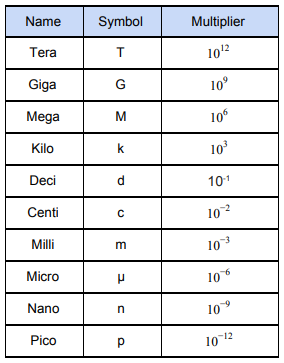Physics M1P1 - Practical skills
1/15
There's no tags or description
Looks like no tags are added yet.
Name | Mastery | Learn | Test | Matching | Spaced |
|---|
No study sessions yet.
16 Terms
Systematic errors
Something wrong with the instrument or its data handling system
Instrument used wrongly by the student
Zero errors, fixed by subtracting wrong amount
Random errors
Unknown and unpredictable variation, caused by changes to instrument and environment
Anomalies
Data points that don’t fit the pattern of the data
Errors in reading values, mistakes
Accuracy vs Precision
Accuracy - A measure of how close a measurement is to the true value
Precision - A measure of how close your results are to each other
Resolution
Smallest increment on the scale of an instrument
* Refers to instruments, accuracy precision and uncertainty refers to data
Absolute uncertainty rounding
1 sig. fig
Cannot be more precise than the measurement itself (To more d.p)
Absolute uncertainty rules
Analogue - ± half the resolution
Digital - ± the resolution
Rulers - ±1mm (for rulers in mm) *includes micrometers and calipers
Stopwatches - ±0.3s (Human reaction speed)
Uncertainty in a mean
Mean ± (Range ÷ 2)
Assumed uncertainty
± ‘1’ of the last sig fig
e.g 5.27V will have ±0.01V
Combining uncertainties (+ and -)
Final uncertainty is just all the absolute uncertainties added regardless of adding or subtracting values
Combining uncertainties (x and ÷)
Add up percentage uncertainties and convert it back in the end
Squaring uncertainties
Add the percentage uncertainty to itself (basically double it) and then convert it back in the end
Square rooting uncertainties
Half the percentage uncertainty, convert it back in the end
Uncertainty in gradients
Absolute uncertainty = ±Difference between LOBF gradient and LOWF gradient
Percentage uncertainty = (Uncertainty ÷ Gradient of LOBF) x 100 then convert it back in the end
*If you have two LOWFs (steepest and shallowest) you have to divide the difference by 2, before calculating % uncertainty.
Uncertainty in y-intercepts
Absolute uncertainty = ±Difference between LOBF y-int. and LOWF y-int.
Percentage uncertainty = (Uncertainty ÷ LOBF y-int.) x 100 then convert it back in the end
*If you have two LOWFs (steepest and shallowest) you have to divide the difference by 2, before calculating % uncertainty.
Prefixes and their multipliers
